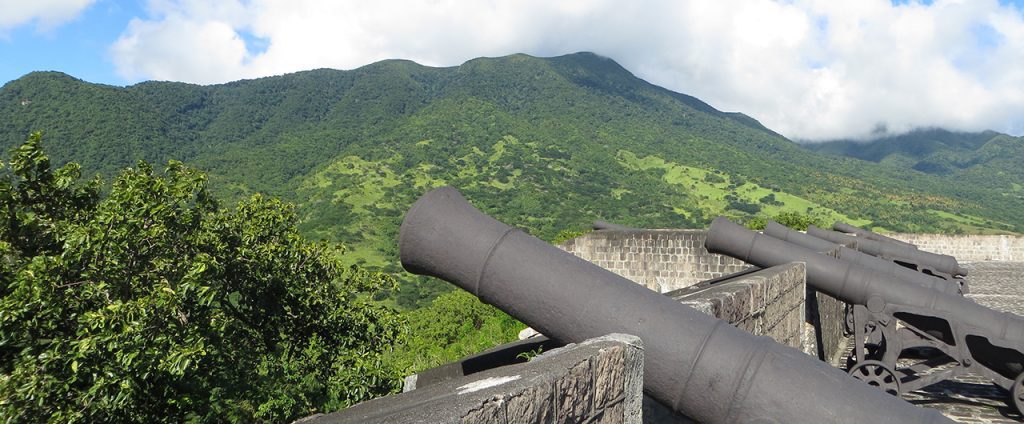UNESCO has a big footprint in the Caribbean’s historical offering
By Sarah Greaves-Gabbadon
CJ Travel Editor
In 1972, UNESCO (the United Nations Educational, Scientific and Cultural Organization) established the World Heritage Site program, which recognizes landmarks of natural and cultural significance and promotes their protection for the benefit of the entire world. There are now 19 of these must-see sites in the Caribbean, stretching from Cuba westward to Barbados and embracing everything from towering volcanoes to colonial neighborhoods and thriving barrier reefs. Here are 10 of our favorite reasons to rouse yourself from your beach chair and explore beyond the sand. How many Caribbean World Heritage Sites have you seen?
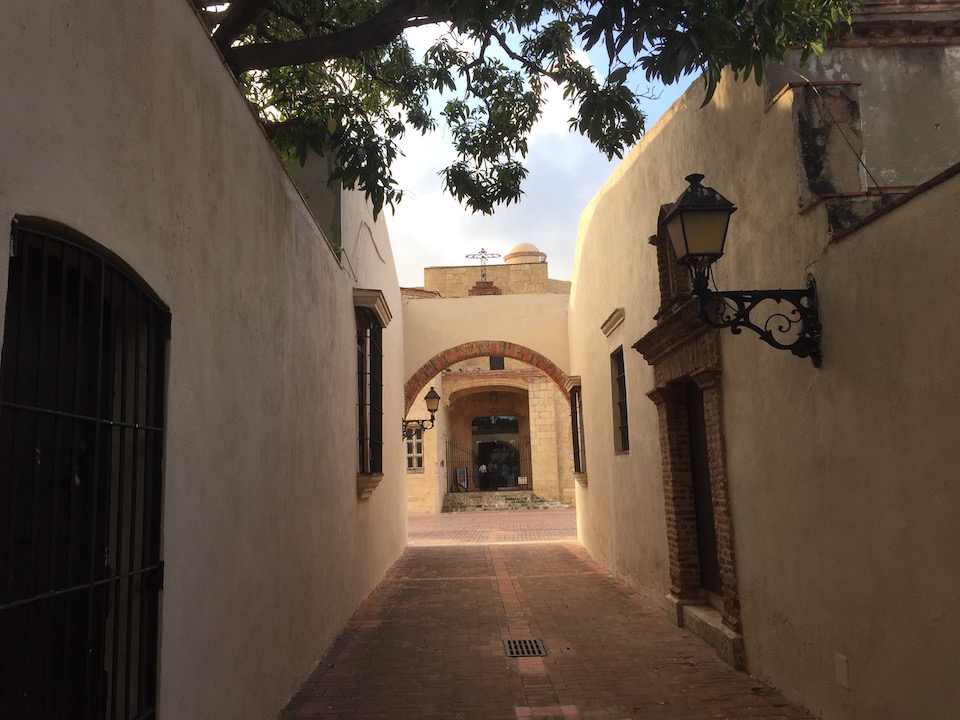
Colonial City of Santo Domingo, Dominican Republic Founded in 1498, this capital is where the Americas’ first cathedral, hospital and university were built, superimposed on a grid layout that became the model for several Caribbean cities.
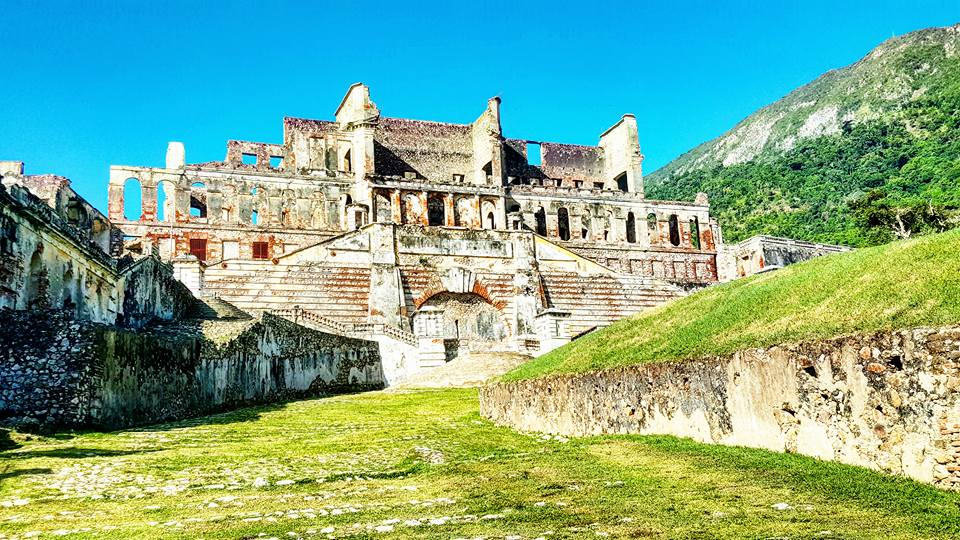
National History Park, Haiti Built in the 19th century by former slaves who had recently fought for and won their freedom, the palace of Sans Souci, the Citadelle fort; and the buildings at Ramiers (which comprise the park) are not only architecturally outstanding but also powerful symbols of national liberty.
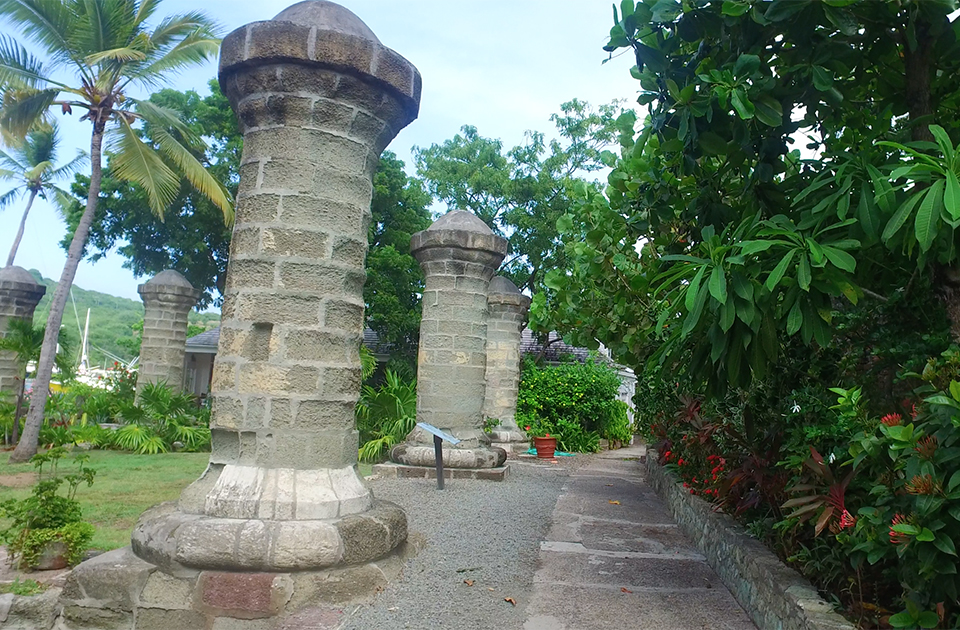
Nelson’s Dockyard, Antigua Added to the list earlier this year, the Caribbean’s newest World Heritage site comprises a cluster of Georgian-style buildings in English Harbour on Antigua’s south coast which were constructed in the mid 1700s by the British Navy using slave labor.
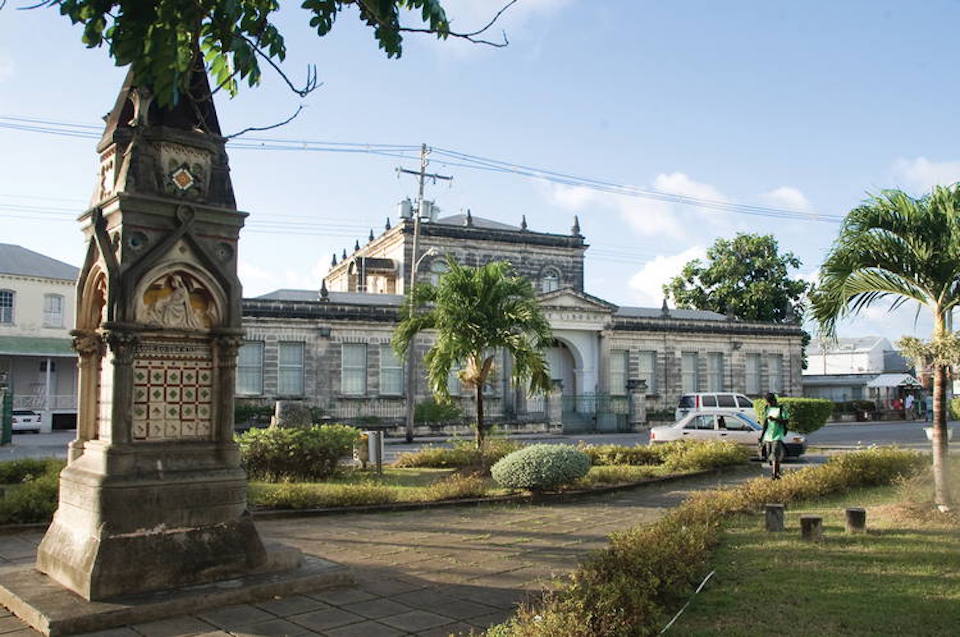
Bridgetown and the Garrison, Barbados Built around Carlisle Bay between the 17th and 19th centuries, the serpentine layout of Barbados’ capital and the adjoining military compound is significant because it contrasts with the more common grid-like town plans of Spanish and Dutch Caribbean colonists.
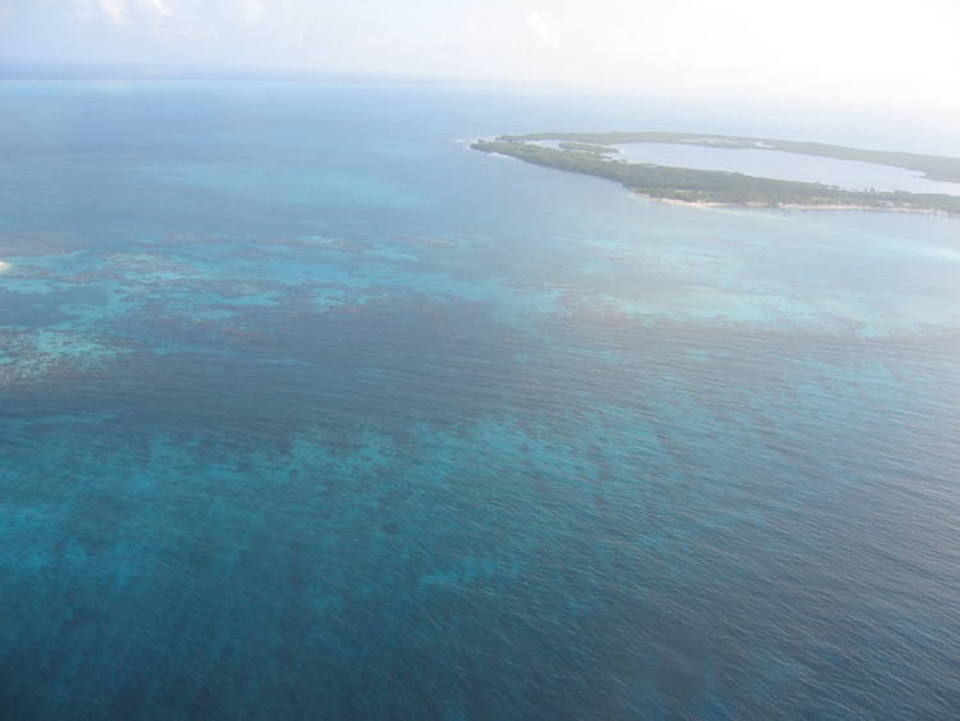
Belize Barrier Reef Reserve System The largest barrier reef in the northern hemisphere (as well as several surrounding atolls, cays, mangroves and lagoons) is one of 55 World Heritage properties considered to be in danger of damage.
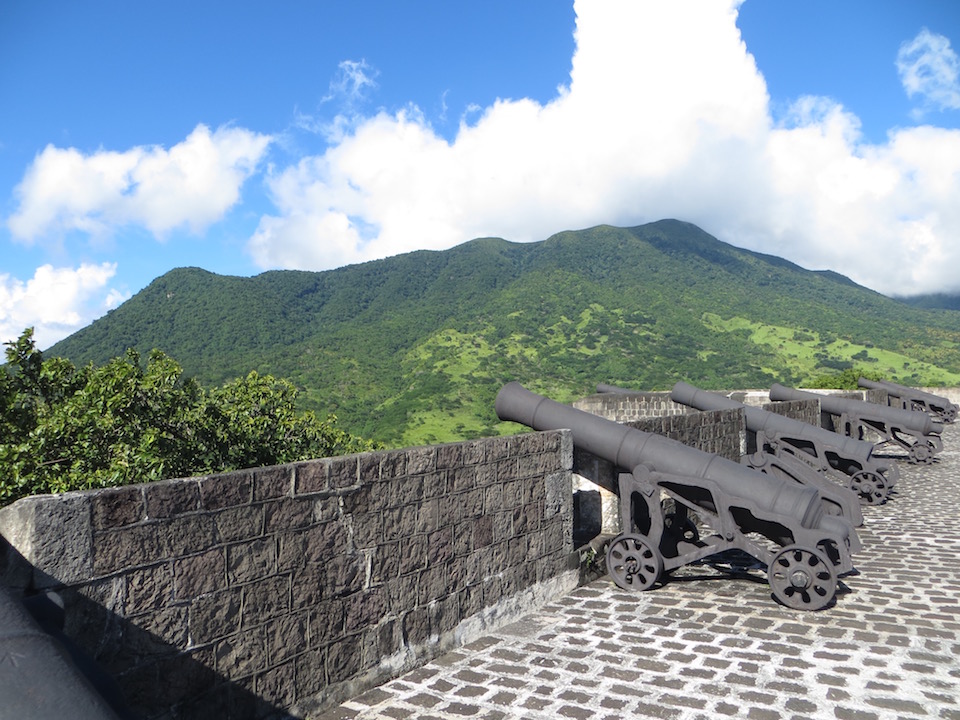
Brimstone Hill Fortress National Park, St Kitts Considered one of the finest examples of British military architecture in the Caribbean, this well-preserved 37-acre site is the result of a century of slave labor.
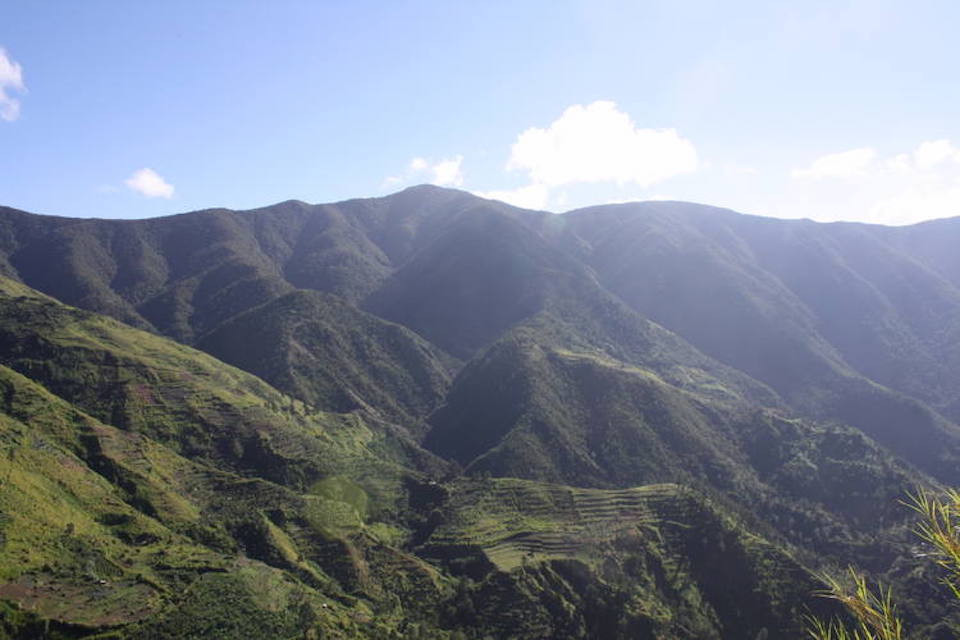
Blue and John Crow Mountains, Jamaica Best known for the superb coffee cultivated in its highlands, the rugged and biodiverse Blue Mountains and neighboring John Crow range comprise 20 percent of the Caribbean’s largest English-speaking island.
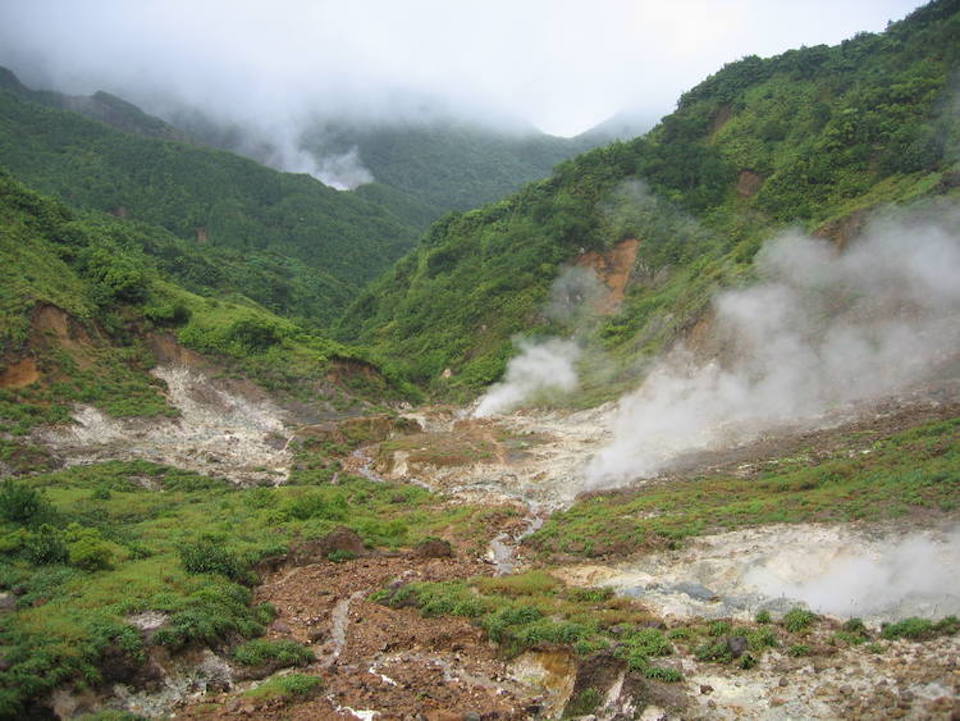
Morne Trois Pitons National Park, Dominica Sprawled over 27 square miles, the “Nature Island’s” lush national park comprises tropical rain forest, hot springs, the famous Boiling Lake and five volcanoes, including its 4,400-foot-high namesake.
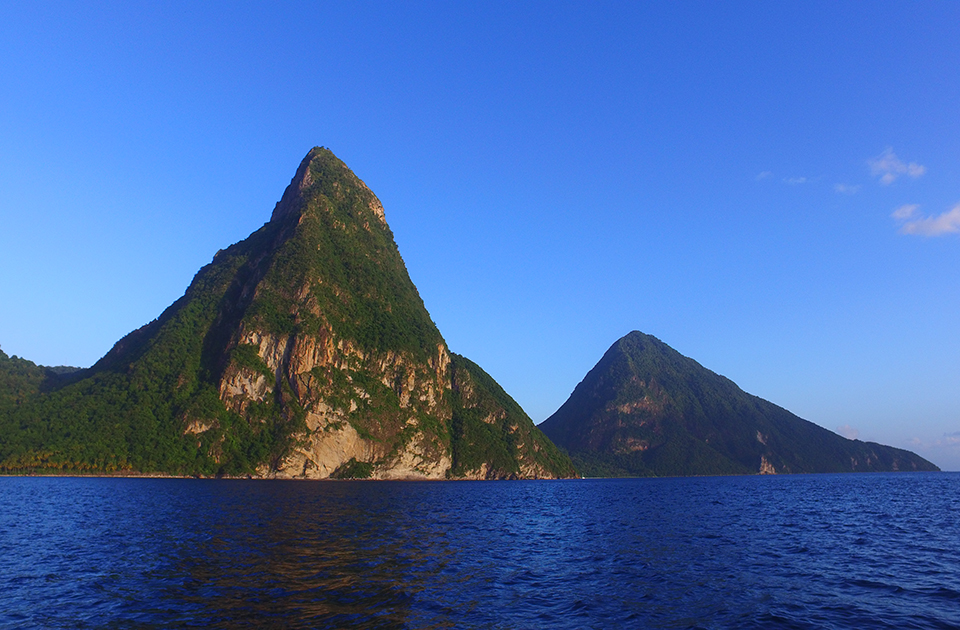
DCIM100MEDIADJI_0007.JPG
The Pitons Management Area, St Lucia Comprising both land and sea, this site also includes St Lucia’s iconic volcanoes, Gros Piton and Petit Piton (which are home to several rare plant, tree and bird varieties) as well as coral reefs that support more than 160 species of fish.
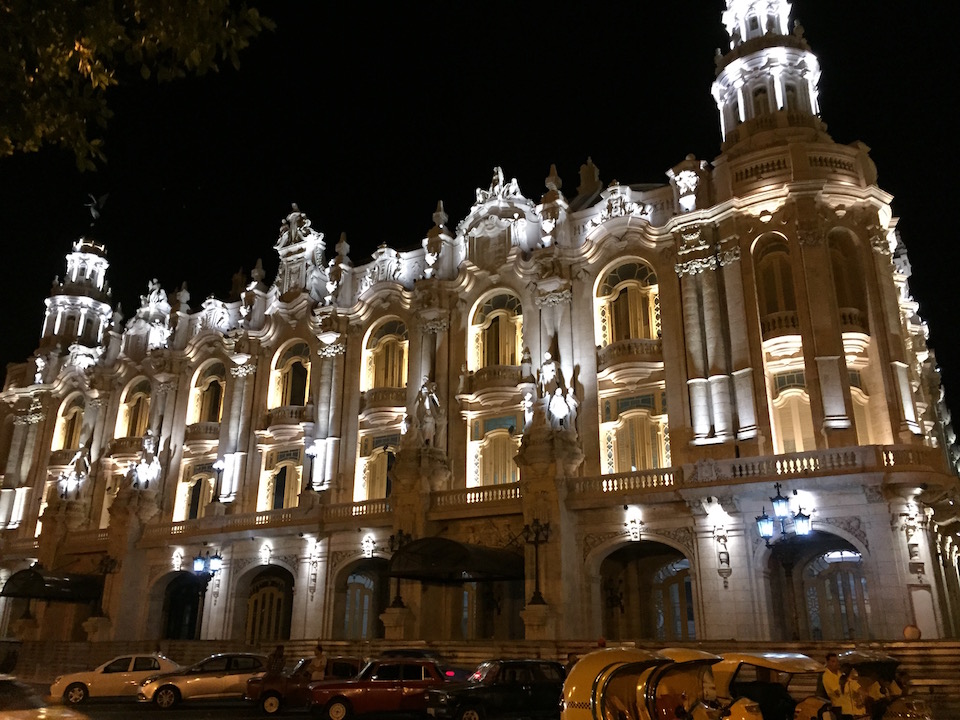
Old Havana, Cuba One of nine World Heritage sites in the Caribbean’s largest country, the formerly walled city of Viejo Habana made the list on the strength of its architectural continuity; five large plazas are complemented with baroque and neoclassical buildings and some of the region’s oldest fortresses.
